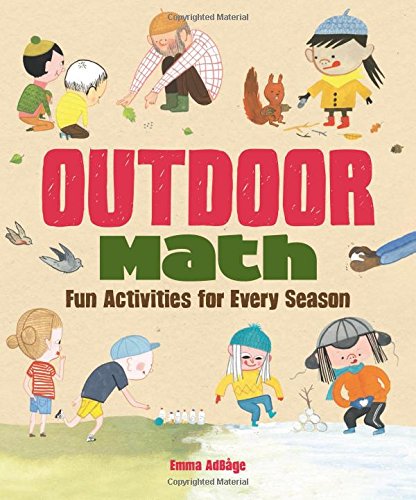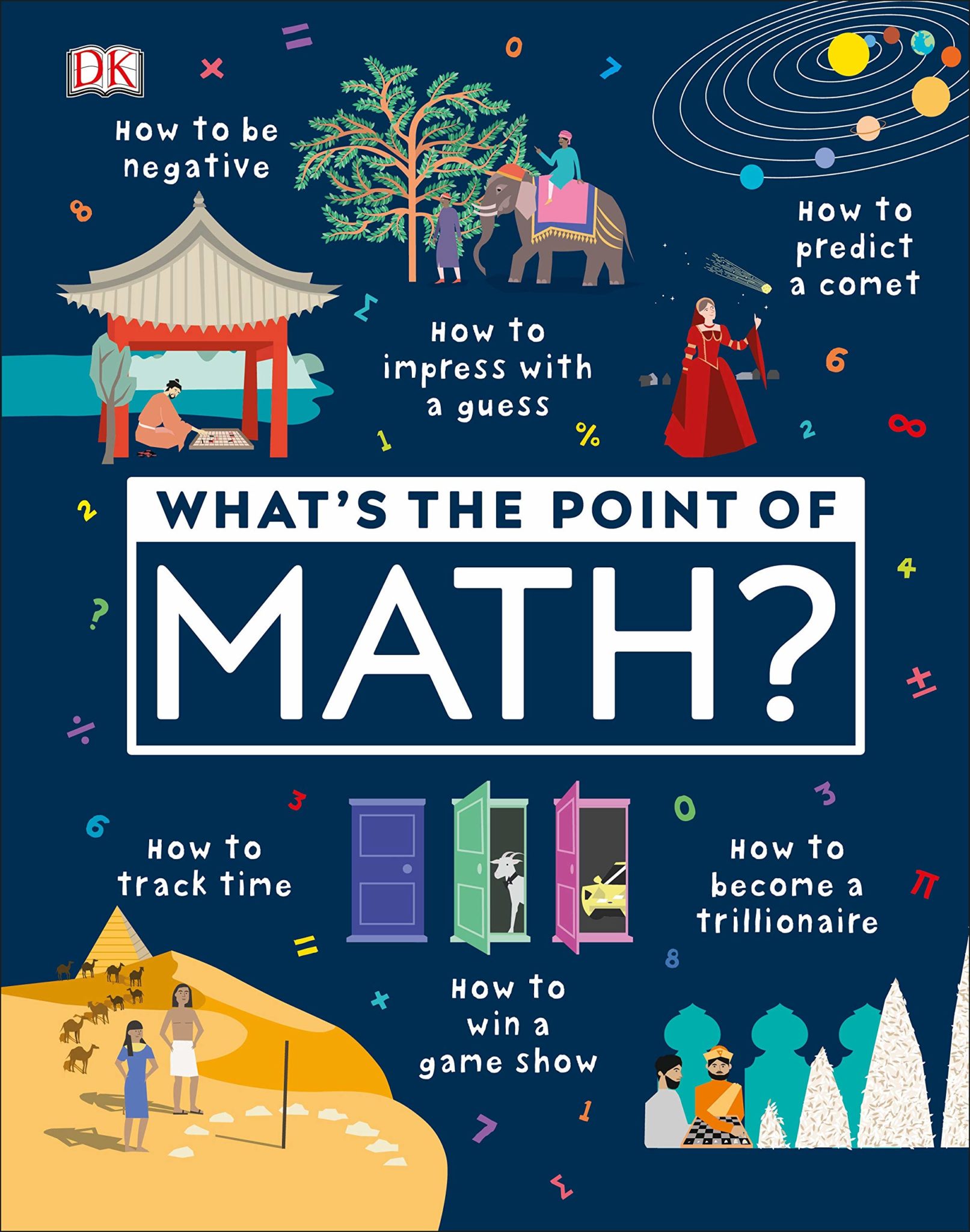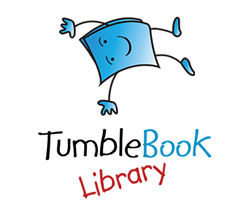It’s March 14th, and today’s date happens to share some numbers with a very important mathematical constant: pi!
Pi expresses the ratio of a circle’s circumference to its diameter. Simply put, the distance around a circle is just a little more than three times the distance across a circle (3.14, to be more exact). Pi is an irrational number, which means its decimals go on and on forever with absolutely no end in sight! Each year, students and fun-loving scientists celebrate March 14, or Pi Day, with all kinds of fun math activities. And what better day than today to indulge in a delicious slice of pie and calculate its area while you’re at it?
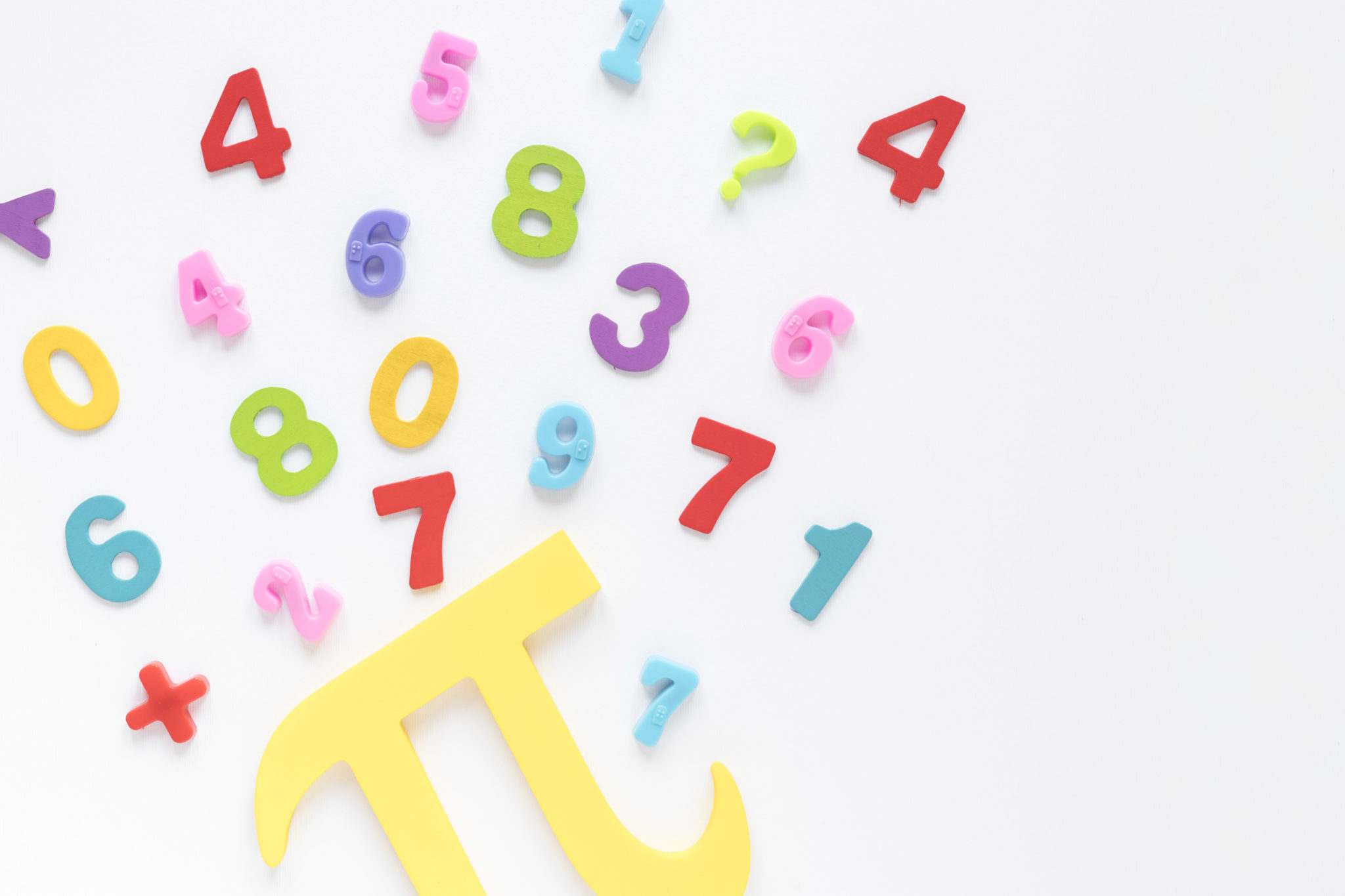
From ancient Babylon and Egypt to modern India and the U.S., great thinkers from all over the world have contributed to our understanding of this deceivingly simple constant. These mathematicians have calculated countless digits and put pi to work engineering stronger structures, testing supercomputers and even exploring the stars. Thanks to modern technology, we have managed to calculate 31 TRILLION digits of pi (and counting)!
Have you ever tried to memorize as many digits of pi as you can? Then you’re a piphilologist! According to Guinness World Records, Rajveer Meena of India currently holds the world record for piphilology. In 2015, he correctly recited 70,000 digits over the course of nine and a half hours!
More than likely, you’re probably not too eager to beat Mr. Meena’s astounding record. The good news is that there are plenty of other ways to celebrate March 14th! In the spirit of Pi Day’s mathematical playfulness, let’s have some fun with a roundup of our coolest math books!
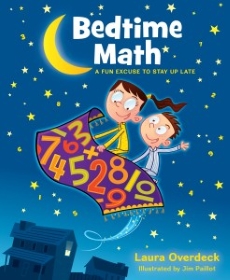 Math before bed might not sound like every family’s cup of tea, but as “Bedtime Math” author Laura Overdeck reminds us, “the time-honored way to fall asleep is to count sheep!” Silly illustrations and outrageous scenarios (my favorite features a cement truck that mixes cookie dough) present math practice in bite-size doses. These simple exercises are perfect not only for winding down at bedtime but also on the car ride to school, after dinner, or even during bath time! Each page features three word problems helpfully scaffolded for wee ones, little kids and big kids so the whole family can join in on the fun. I recommend keeping a small notebook and a pencil handy or even utilizing objects around you (like stuffed animals or bath toys) to help kids visualize the mental math.
Math before bed might not sound like every family’s cup of tea, but as “Bedtime Math” author Laura Overdeck reminds us, “the time-honored way to fall asleep is to count sheep!” Silly illustrations and outrageous scenarios (my favorite features a cement truck that mixes cookie dough) present math practice in bite-size doses. These simple exercises are perfect not only for winding down at bedtime but also on the car ride to school, after dinner, or even during bath time! Each page features three word problems helpfully scaffolded for wee ones, little kids and big kids so the whole family can join in on the fun. I recommend keeping a small notebook and a pencil handy or even utilizing objects around you (like stuffed animals or bath toys) to help kids visualize the mental math.
Originally published in Sweden, “Outdoor Math” by Emma AdBåge curates a cheerful collection of seasonal outdoor activities which celebrate math in the natural world all around us. With just a little out-of-the-box thinking, clouds, leaves, sticks and more become easily accessible learning tools for engaging outdoor play. AdBåge’s ideas range from simple counting and sorting games to beginning graphing and geometry tasks. One of my favorite suggestions supports early STEM skills by conducting an observational experiment. Little mathematicians will spend some quiet time watching birds outdoors then record observations about the number, size and color of the birds that visit over the course of a week. Take this activity a step further and help your child create a colorful chart to track all the birds they see!
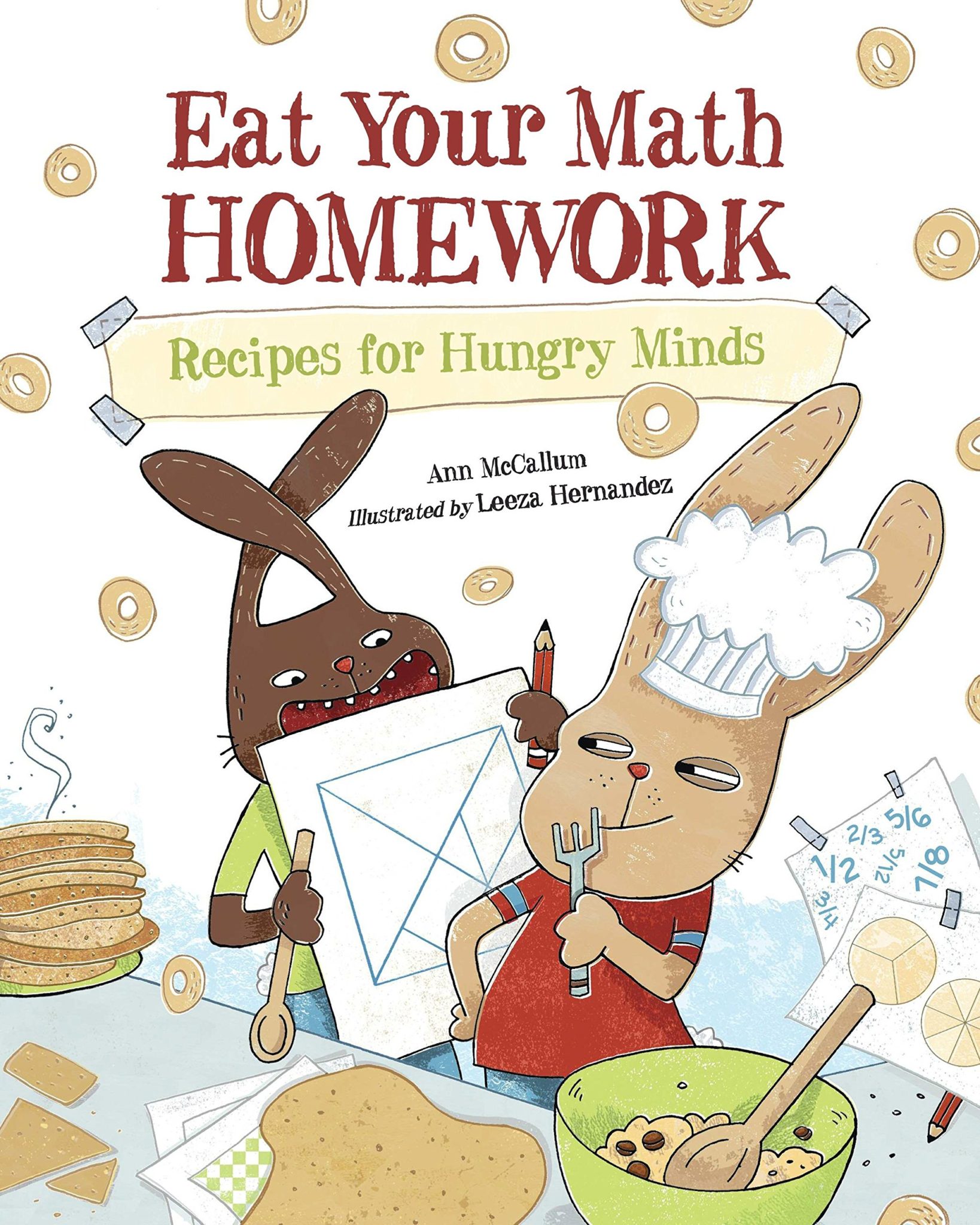 All those word problems featuring pizza fractions and candy probabilities always leave me feeling peckish. Cooking up something yummy in the kitchen has always been a great way to demonstrate the usefulness of arithmetic in everyday life, and “Eat Your Math Homework” by Ann McCallum has some super creative ideas for incorporating even more math skills into your culinary endeavors! Some recipes can be easily recreated with limited ingredients in a classroom setting, whereas others will require a full kitchen and the help of an adult. Explore the Fibonacci sequence by assembling yummy fruit kebabs, play with your food and bake some tangram cookies and, of course, uncover the meaning of pi by measuring your very own homemade pizza pie!
All those word problems featuring pizza fractions and candy probabilities always leave me feeling peckish. Cooking up something yummy in the kitchen has always been a great way to demonstrate the usefulness of arithmetic in everyday life, and “Eat Your Math Homework” by Ann McCallum has some super creative ideas for incorporating even more math skills into your culinary endeavors! Some recipes can be easily recreated with limited ingredients in a classroom setting, whereas others will require a full kitchen and the help of an adult. Explore the Fibonacci sequence by assembling yummy fruit kebabs, play with your food and bake some tangram cookies and, of course, uncover the meaning of pi by measuring your very own homemade pizza pie!
When I was a kid, I avoided math like the plague, and any attempt to make this dreaded subject “fun” would be immediately met with an eye roll. But hand me a history book or encourage me to explore different cultures from around the world, and I’m hooked! “What’s the Point of Math?” is an awesome resource for math-phobic kids to discover mathematical connections to the subjects they really care about. Explore ancient counting and timekeeping systems, learn to measure an Egyptian pyramid, use an Indian legend to estimate the leaves on a tree and uncover famous figures throughout history who have contributed to our understanding of mathematics. This colorfully illustrated resource book is perfect for older kids to explore at their own pace.
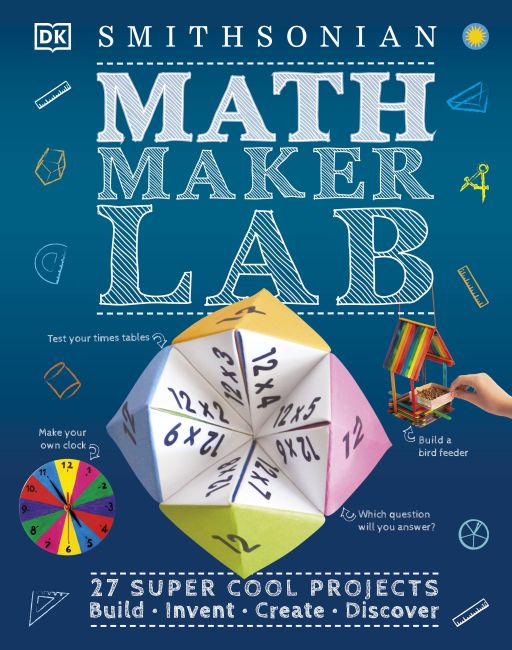 Designed with the expert help of the Smithsonian Institute, “Math Maker Lab” is simply chock full of exciting STEM projects for kids of all ages to practice their math skills. Make your own abacus, fold a multiplication tables fortune teller and experiment with a protractor and compass to draw your own optical illusions. My favorite project is definitely the rubber band racer. Clear, full-color photographs walk young makers through the process of building a race car out of simple household materials. Conduct timed trials to determine the average speed of your racer then tweak the variables to build even faster cars!
Designed with the expert help of the Smithsonian Institute, “Math Maker Lab” is simply chock full of exciting STEM projects for kids of all ages to practice their math skills. Make your own abacus, fold a multiplication tables fortune teller and experiment with a protractor and compass to draw your own optical illusions. My favorite project is definitely the rubber band racer. Clear, full-color photographs walk young makers through the process of building a race car out of simple household materials. Conduct timed trials to determine the average speed of your racer then tweak the variables to build even faster cars!
Ready for some more Pi Day fun? Check out the full Math Fun for Pi Day book list!

